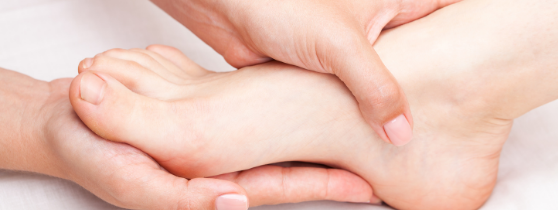
What is New Manual Articular Approach (MAA)?
"Articular" is another term for joints of the body, which are crucial points of interconnection between all other structures within the body. New Manual Articular Approach (MAA) is a hands-on form of therapy that applies a comprehensive approach of treatment for multiple systems that compose a joint. It integrates all aspects of the joint including the bone, capsule, tendon, ligament, nerve, artery, viscera (organ) and emotional connections. The application of these light MAA techniques improves the body's ability to have optimally functioning joints.
What Does it Feel Like?
MAA is a pain-free, hands-on manual therapy approach to treat the body. Underneath the pain or restriction is a compensatory pattern created in the body with the initial source of the dysfunction often being far from where the pain is felt due to the connectivity and referral patterns of nerves. Because of this, the practitioner searches holding patterns and the source, and treats the related tissues involved. The treatment is comprised of precise gentle engagement, mobilization and elongation of the soft tissues, and most specifically the direct and indirect connections involving the joints of the body. Most people don’t feel much but others are able to sense restrictions releasing in the body as they are being treated. As the sources of a problem is released, the joint begins to improve its function and optimal health.
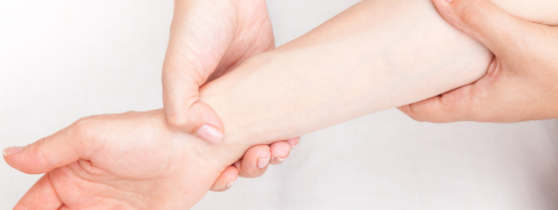
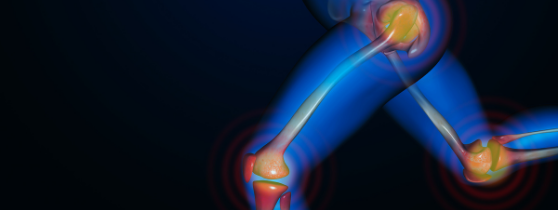
Interconnectivity Within the Body
Joint pain or symptoms as we commonly recognize are considered only a piece of the puzzle within the context of an MAA therapist's approach. Yet the symptom is not necessarily viewed initially as the most important aspect even though it may be the patients primary concern. The main cause of a problem may be located somewhere other than where the symptoms appear to be present. Particularly with joint pain, symptoms can be referred from another part of the body and multiple systems may be involved due to the detailed integration of the body.
Optimal health relies on the harmonious relationship between the different systems of the body. The organs (viscera) and their support tissues, joints, capsule, musculoskeletal system, nerves/nervous system, bones, lymphatic system, vascular system, and other structures all contribute to the health and wellness of a joint. An MAA therapist identifies these associations, as well as how and why it is impacting a joint where the patient is feeling symptoms. Through application of the specific MAA techniques, the patients body overall becomes less bound by joint restrictions which improves joint function and the ability to achieve a state of optimal health.
Joints receive and emit messages with other parts of the body,
and are also connected to our emotions.
The Complexity of Joints
The detail and complexity of a joint is extensive. Many of the components of the joints including bone, ligament, artery, capsule, cartilage, muscles, nerves, and fluids all need to operate properly for functional movement. If one component of the joint becomes problematic the entire joint compensates and becomes effected. Over time, this creates dysfunction in the joint and can have a negative impact with other regions of the body. A skilled practitioner in manual therapy can identify multiple components of a joint to help free restrictions to help the body heal and restore itself to optimal health.
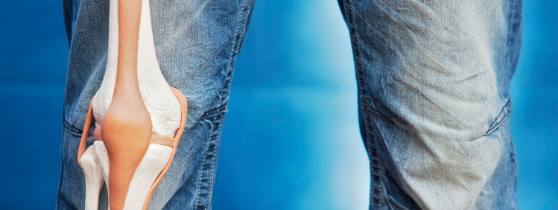
How Did New Manual Articular Approach Begin?
Jean-Pierre Barral is a world-renowned Osteopath and Registered Physical Therapist from France.
He is a master of cadaver dissection and began studying strain and trauma patterns in cadavers as he learned more about biomechanics in living subjects. This led him to his work of visceral and neural manipulation. He developed a manual therapy which focused on internal organs, nerves, their fascial environment, and its potential influence on human movement structural/functional dysfunctions. He has been teaching his curriculum in the United States since 1985 and has trained a team of numerous international instructors that teach around the world. He along with Alain Croibier, also an Osteopath from France, continued their research to study trauma and the consequences that it has throughout the body. They discovered that when trauma occurs to the body it creates a response with the entire Nervous System. In 1999 they began teaching “Neural Manipulation” curriculum in the United States. They have written numerous books including Manual Therapy for Peripheral Nerves and Manual Therapy for Cranial Nerves. Their further studies and clinical work lead to the development of “New Manual Articular Approach” with emphasis on joints of the body.
Time magazine named Jean-Pierre Barral, “one of the top healing innovators to watch in the new millennium.”
For more information please visit:
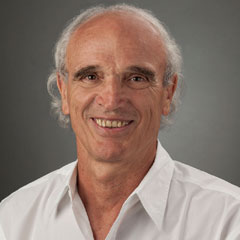

New Manual Articular Approach Benefits
Do you suffer from the following:
-
Joint pain
-
Decreased Mobility
-
Patella Femoral Dysfunction (Knee Cap Pain)
-
IT Band Pain
-
Bursitis
-
Piriformis Syndrome
-
Low back pain
-
Hip Impingement
- Shoulder Impingement
-
Plantar Fascia Pain (Foot Arch Pain)
-
Shin Splints
-
Big Toe Pain
-
Arthritis
-
Osteoarthritis
-
Meniscus Injuries
-
Rotator Cuff Injuries
-
Tendonitis
-
Tendinosis
- Sprains
Therapeutic Results
"I was diagnosed with arthrosis n my hip and I had a lot of pain. The therapist I worked with explained that he would be evaluating me to find the areas of my body that were out of balance and that could be aggravating the arthrosis. After several sessions my pain was dramatically diminished. My arthrosis may not go away, but after the New Manual Articular sessions, it makes sense that with my body in better balance, the degeneration my slow down. And I am extremely grateful to have so much less pain."
O.L., St. Petersburg, FL
"I repeatedly injured my shoulder when training for fitness competitions. My therapist explained about a new therapy she had been _________, New Manual Articular Approach, and suggested she evaluate me based on those principles. She discussed about my shoulder's connection to my organs, blood vessels, and a connective tissue called fascia, as the role of the bones, ligaments and muscles. After several treatments my shoulder felt so much looser; I didn't realize how restricted it had been until I felt the big difference. I am confident this new therapy is getting to the cause of my recurring shoulder injury."
-D.D., New York, NY
